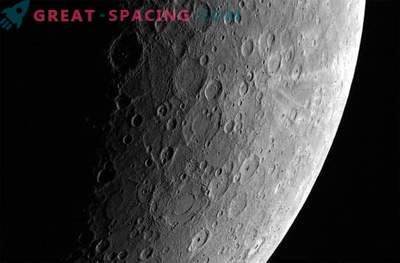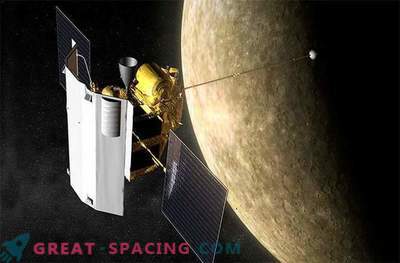
Mercury's proximity to the Sun and small planetary dimensions make it extremely sensitive to stellar dynamics and gravitational attraction
The orbits of the planets in the solar system are expanding. This is due to the fact that the gravitational grip of the Sun is gradually weakened, because the star is aging and losing massiveness. A team of scientists from NASA and the Massachusetts Institute of Technology decided to measure this mass loss and other stellar parameters, focusing on the orbital changes of Mercury.
New data reduce uncertainty, therefore, improve previous forecasts. This is especially important for the rate of loss of solar mass, since it is associated with the stability of G (gravitational constant). G is considered a fixed number, but still remains a fundamental physical issue.
Mercury in such experiments is an ideal test object, because it has an incredible sensitivity to the gravitational effect and activity of our star.
The study began with the improvement of Mercury's ephemeris - a map of the locations of the planet in our sky. To do this, use the information of the radio tracking apparatus MESSENGER, when the mission was active. The satellite revolved around the planet in 2008 and 2009, and the convergence occurred from March 2011 to April 2015.
For many centuries, scientists have considered the movement of Mercury, paying attention to its perihelion. It turns out that the perihelion shifts over time (precession). Next, scientists studied the data on the deformation of space-time around a star.

Scientists analyzed subtle changes in the motion of Mercury in order to better understand how solar dynamics affect the orbit of the planet. The position of the planet was determined by the location of the apparatus MESSENGER in the period of its activity
The much smaller contributions to the precession of Mercury are explained by the internal structure and dynamics of the Sun. The main point - flattening, that is, protrusion in the "waist".
Some solar parameters could be determined from relativistic effects, which could not be done in earlier studies based on ephemeris data. Scientists came up with a new method that simultaneously evaluated and integrated the orbits of the planet and MESSENGER, which led to a comprehensive solution.
A new estimate of the rate of loss of solar mass is one of the first knowledge, limited by observations, and not by theory. Previously, this number was one tenth of a percent of 10 billion years. This is enough to reduce stellar gravity and allow the planets to move away 1.5 cm per year. The new value is lower, but less uncertain. This improved the stability of G 10 times.











































